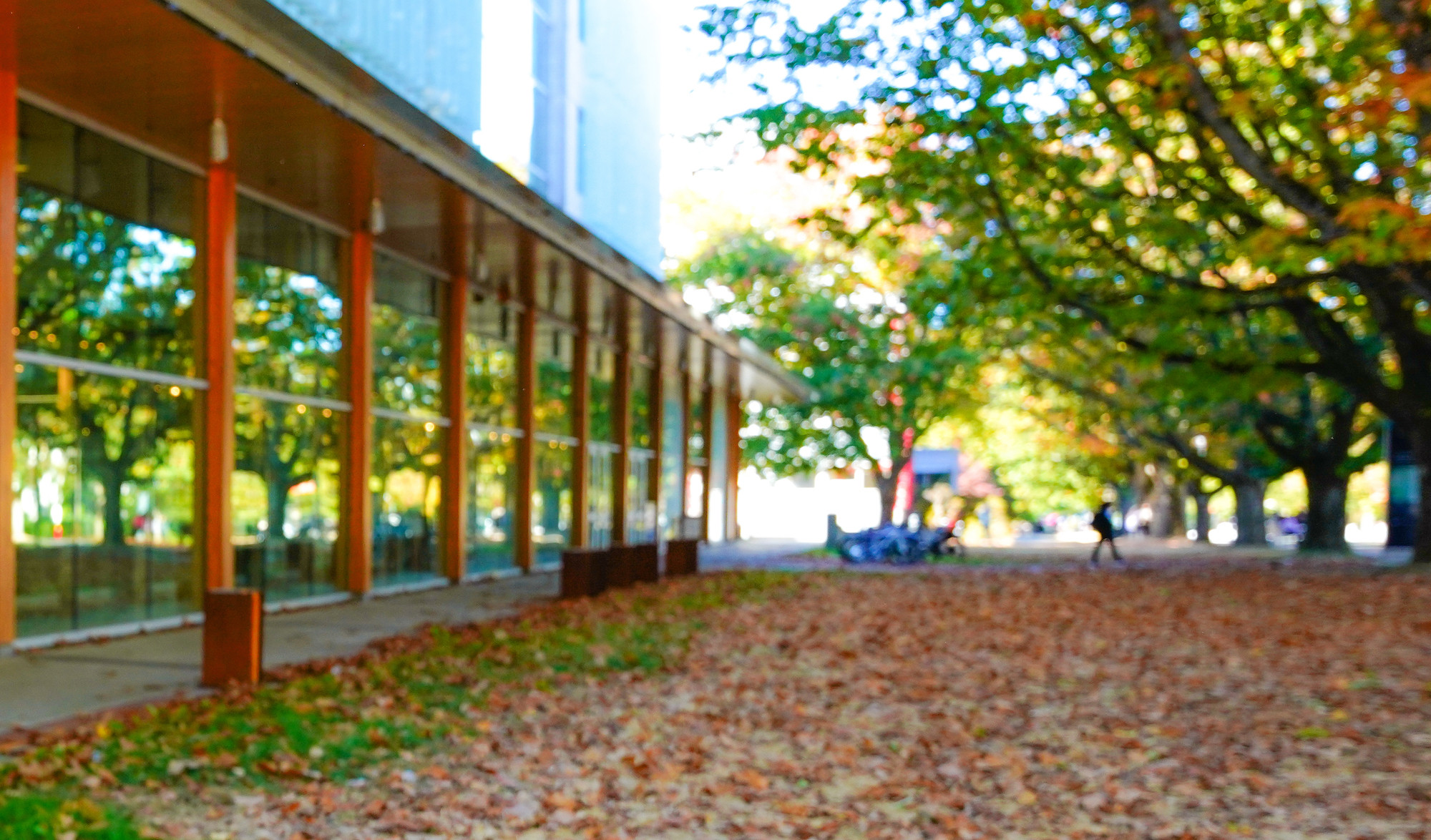Research
My research focuses on the ecology of Pacific salmon and the use of these species to explore hypotheses about strategies for reproduction, energy allocation, and habitat choice in fishes. The variety of life history patterns displayed by the five species of Pacific salmon endemic to North America, and the fact that each species exists as a large number of reproductively isolated populations provides a rich opportunity to explore how closely related organisms solve ecological problems. The fact that all species are anadromous also provides an opportunity to investigate both marine and freshwater aspects of aquatic science. Pacific salmon support the most valuable commercial fisheries on the Pacific coast and therefore studies of their ecology have direct relevance to fisheries management.
Among Pacific salmon, older maturing females do not produce sufficient eggs to compensate for the greater mortality they suffer by delaying maturation. This suggests that older females gain a reproductive advantage, probably through their larger size. However, there are still many younger, smaller females in spawning populations. Breeding males also vary greatly in size and age. Some form of balance size polymorphism is suggested, perhaps maintained through frequency dependent selection, and driven by the physical complexity of the breeding environment. In addition, size and reproductive success may be influenced by such factors as density dependent oceanic growth and the energetic costs of spawning migrations. Interpopulation and interannual variation in size at maturity, the effects of adult size on reproduction, and strategies of energy allocation among salmon population from the Fraser River basin is currently under investigation.
During their residence as juveniles in freshwater, salmon show particular patterns of distribution and specific changes in distribution between summer and winter. The determinants of these distribution patterns are believed to be characteristics of the physical environment, many of which are affected by human activities in and near the water body. Aspects of juvenile habitat choice and the way this is influenced by human activities in the watershed, are under investigation in tributaries of the lower Fraser River.
In the ocean, salmon of different species and different population of the same species have different patterns of dispersion and migration. Coho, for example, prefer the continental shelf, whereas sockeye are creatures of the open ocean. Three current areas of investigation are the influence of water properties and food on the coastal migration of juveniles, the effects of water properties on the dispersion of maturing fish and fisheries on them, and the effects of open ocean currents on the oceanic migrations of sockeye salmon.
Research Areas
- Environmental Science
- Oceanography
Biography
B.Sc. Hons. U.B.C. (1964); M.Sc. U.B.C. (1966); Ph.D. Aberdeen, Scotland (1969); Post Doctoral, Fisheries Research Board of Canada (Nanaimo, 1969-70); Research Scientist, Department of Environment, Freshwater Institute, Winnipeg (1970-1974); Research Scientist, Department of Fisheries and Oceans, Pacific Biological Station, Nanaimo (1974-1990); Sabbaticals, Woods Hole Oceanographic Institution (1982-83), U.B.C. (1988-89).
